


| NB: There is a bit of an error in the tableau and two letters need to be interchanged in the message to get English. |
| I ended up solving this question in class in this document and then left the modification of the problem as homework. The function is named eij_decomp( f ) instead of idempotent_decomp as stated in the problem. |